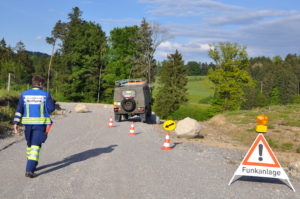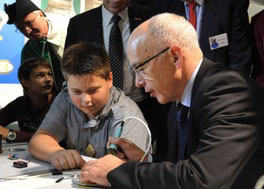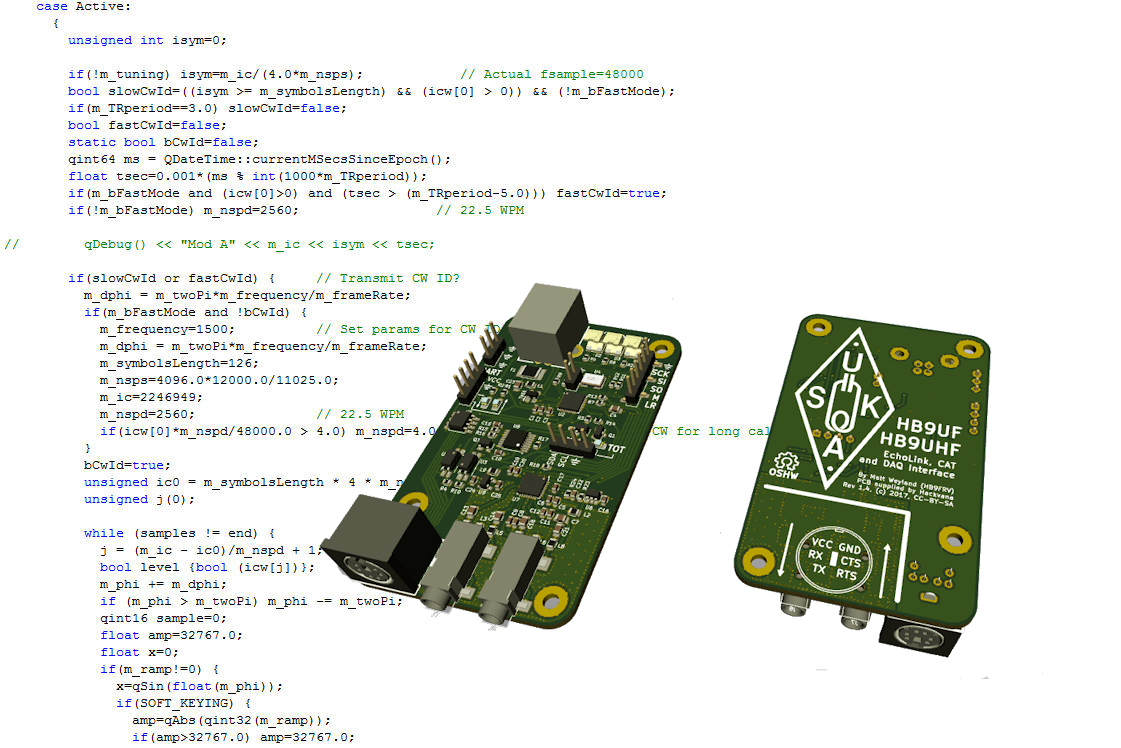
FT8 is a digital operating mode used in amateur radio for wireless communication. It is mainly used by radio amateurs on shortwaves, but also on all other frequencies. Radio amateurs have developed the WSJT software program for this purpose, which is used to work in this operating mode. The screen excerpt shows a few lines of the WSJT source code.
FT8 was publicly proposed in 2017 by Joe Taylor (amateur radio call sign K1JT ), who is well known not only among radio amateurs and quickly grew in popularity.
It is characterized by the rapid transmission of data within a time slot of fifteen seconds (15 s) requiring only a very low signal-to-noise ratio (SNR). The modulation used achieves a transmission with a very low bandwidth of 50 Hz (for comparison: telephony / speech requires at least 2.7 kHz, videos from 100 kHz depending on the quality). It can be used to communicate over very large distances with little transmit power and simple antennas.
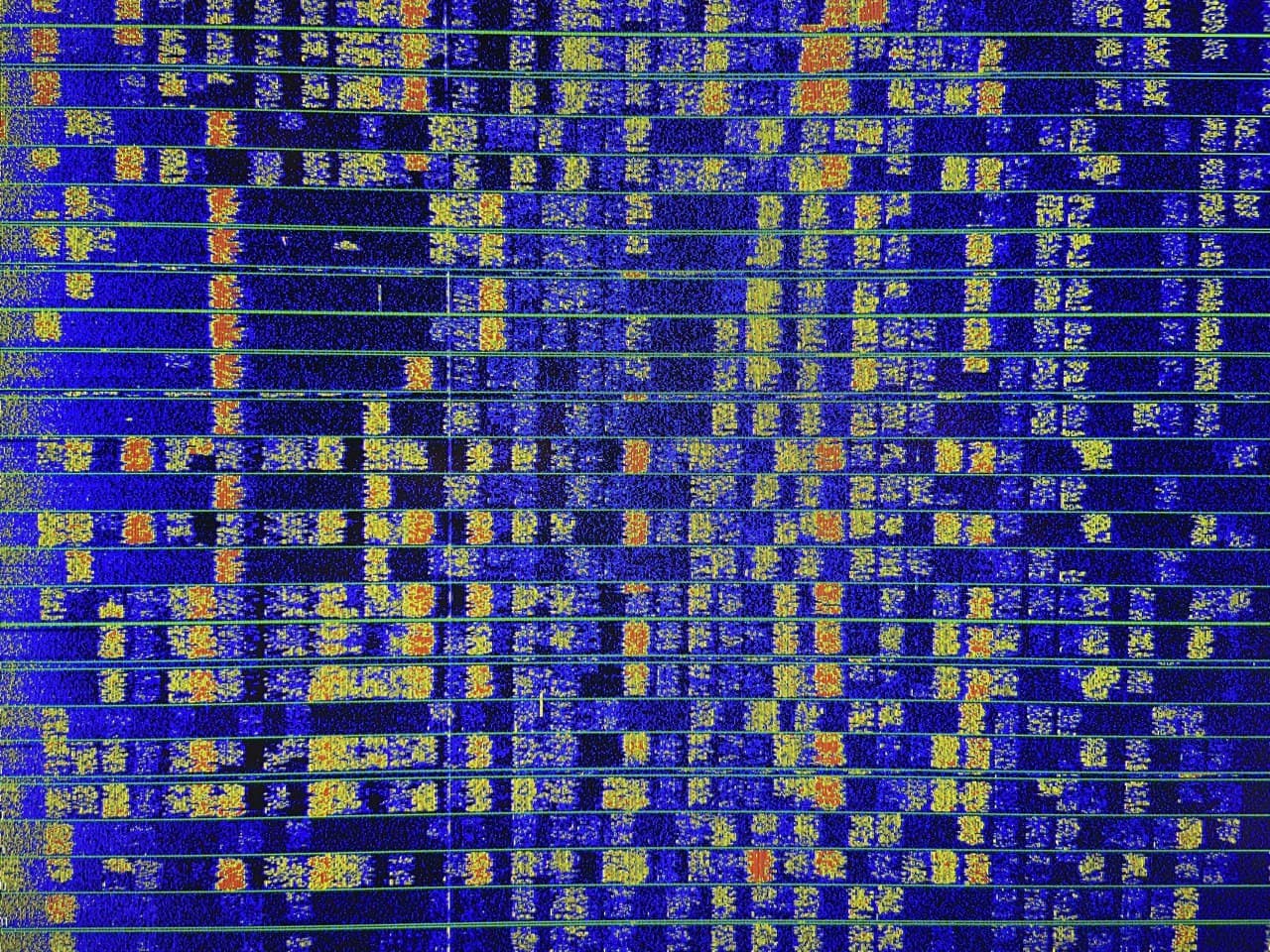
Waterfall diagrams like this are used in amateur radio to show activity in a frequency range. They are now integrated in many modern radios and are also used in software programs for digital operating modes and for SDRs. This waterfall diagram shows 50 parallel FT8 transmissions of 50 Hz each in a small total frequency range of approx. 2.5 kHz. The duration of a transmission (vertical axis) is 15 seconds and is synchronized with a time standard (e.g. GPS). For decoding the transmitted messages the program WSJT by Joe Taylor (amateur radio call sign K1JT) can be used.
| Information about amateur radio and the USKA | ||

|
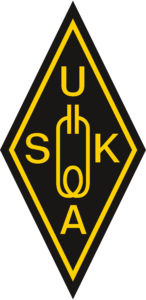
|
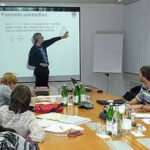
How do I become a radio amateur? Information for media representatives
|

